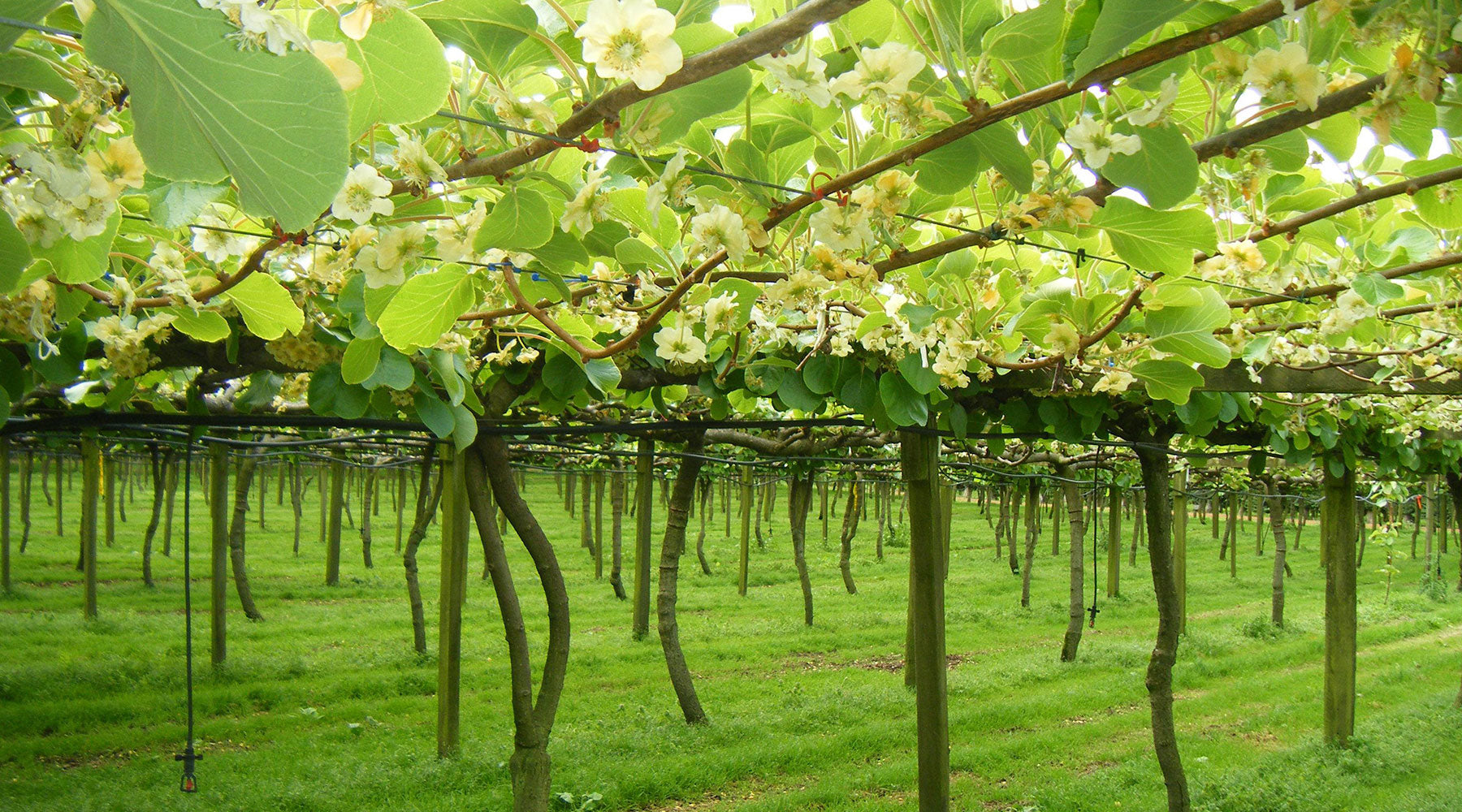for expert advice

Loss of Kiwifruit flower buds to birds, at bud burst, can occur very quickly and can be devastating to orchards, causing loss of revenue for both growers and the kiwifruit industry.
Fortunately there are a variety of methods available for protecting kiwifruit orchards from pest birds.
Some common solutions as below, each have their own advantages and disadvantages:
Bird Repellent Sprays:
These are most commonly applied directly to the surface the birds eat, in order prevent or deter birds from eating the buds or surface they are applied to. Sprays can be effective if applied at the appropriate time. They do have limitations in where UV or rain can decrease or restrict their effect. In most cases birds need to consume some of crop before being deterred, which can result in some initial bird damage.
Bioacoustic - Bird Sound Deterrents:
These use a range of sounds to deter birds including: bird alarm, predator and harassment sounds. These sounds work well on most bird species that cause problems in kiwifruit. They are ideal for covering larger blocks. Blocks divided by shelter, may need multiple speakers placed in different areas. Some sounds are bird species specific so it is important to identify the bird species causing the problem. These units are covered by noise regulations in some areas, check with your local council for your area.
Gas Guns - Bird Bangers:
These use loud bangs which deter most bird species. They are an effective way of deterring birds from large open areas. Portable units can be mounted on a quad or ATV and fired as required. The noise can be an issue in some locations, near neighbours. These are often governed or restricted by local bylaws, so check with your local council.
Lasers - Handheld & Automatic:
With advances in technology, lasers are now available for bird scaring use in orchards. Birds perceive the beam as a solid object chasing them as it moves across surfaces around them. This deters them from the area covered. Lasers have the advantage of being virtually silent. They do need to be in direct line of sight of the areas requiring coverage, so can have their limitations in areas divided by shelter or artificial shelter.
Pyrotechnics - Banger & Screamer cartridges:
These are a great way of manually moving flocks of birds from an area. A good way to add effect to other bird deterrents. Like other sound deterrents, they can also be covered by local noise regulations.
Predator Kites & Visual Deterrents:
While not always effective as a stand alone solutions, these help add effect to other deterrents. The predator kites work in well with Bioacoustic deterrents as the birds associate the predator sounds with the kite.
Bird Species:
Sparrows, Finch and Silver Eyes are the main birds that cause trouble for Kiwifruit growers. In some areas Rosella can also be an issue.
The Importance of Synergy:
Multiple bird deterrents work together having an effect on birds that is far greater than using just one deterrent or another. Using deterrents that target more than one of the birds senses (sight, hearing, taste smell) is more effective. Birds navigate by sight and communicate with sound. Disrupting both (e.g. use of laser and bioacoustic deterrents together), causes them to feel more threatened than targeting just their sight or hearing alone. To target these birds, the best success is gained from using a combination of bird deterrents. Multiple deterrents work together in synergy to create an affect on the birds that is far greater than individual deterrents used on their own.
Orchard Layouts:
Send us a orchard map or address and we can make a recommendation for you based on a Google Earth view. We will provide a suggested layout plan and corresponding pricing.
Want to combat birds in your orchard and increase crop yields and revenue?
View the solutions available
Leave a comment